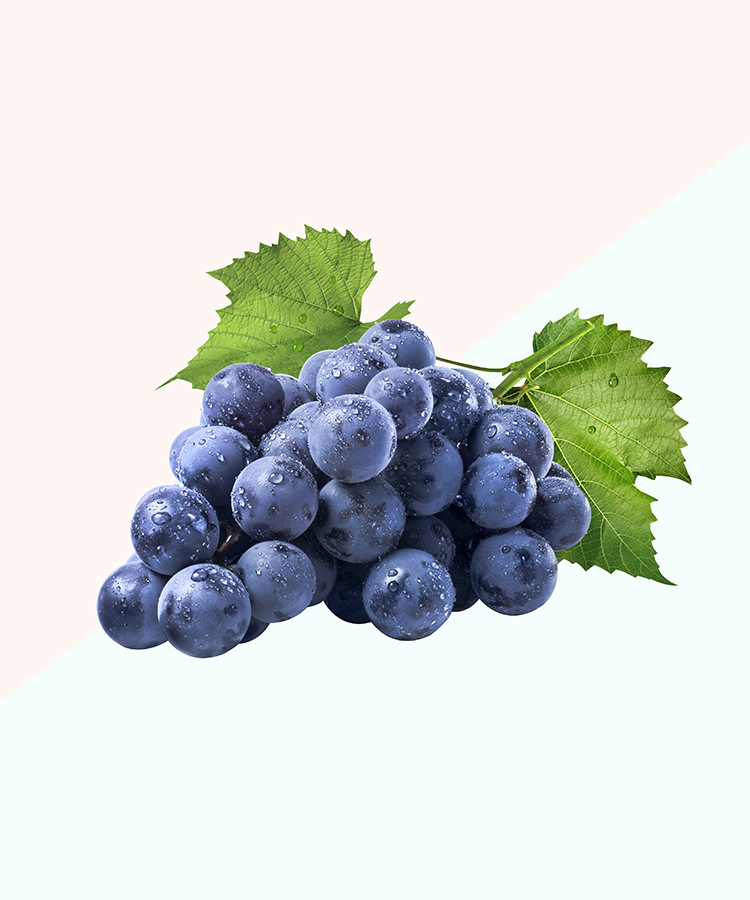It might seem rude or snobbish to say, but not all grapes are created equal. It’s that simple.
When it comes to wine, it’s been that black and white for the past hundred years. In short, native American grapes and hybrid American-Euro vines — varieties like Concord, Frontenac, and Vidal Blanc — are just not good enough for wine. Or at least not fine wine. But that could be changing.
Now, a few wineries — mostly in regions hoping to take on the California wine machine — are trying to change that widely held opinion, by focusing on the values of nontraditional grape varieties instead of crafting yet another tropically scented Sauvignon Blanc or full-bodied Cabernet Sauvignon.
The familiar grape names on bottles such as Cabernet, Merlot, and Chardonnay are all European varieties, brought to the U.S. generations ago to allow an American wine market to thrive. This is because indigenous American varieties didn’t make great wine in colonial times, and early Americans were thirsty.
The aforementioned sub-par grapes, called hybrids as a group, originated as a backlash to sensitive vinifera vines that required specific weather and soil conditions to flourish. These grapes cross vinifera species with other native American grapevines like vitis labrusca and vitis riparia. Originally, these crosses developed first as a response to diseases like phylloxera that ravaged vinifera vines in the 1800s. As technology and science continued to advance, breeds were developed more and more specifically to combat other weaknesses of traditional wine vines, like resistance to rot, mildew, or cold temperatures. In humid locations like the Southeast and frigid climates like that of Minnesota, hybrids are the only way to grow grapes.
Overall, hybrids represent hundreds of grape varieties, with more being developed every year. Universities like UC Davis and Cornell have entire departments dedicated to producing new grapes that produce desirable qualities. This isn’t GMO-type science; it’s simple cross-breeding which also happens in nature. For example, the dark and cold-hardy Frontenac grape was developed at the University of Minnesota by crossing vitis riparia with Landot Noir, another hybrid. Then, Frontenac mutated on its own, creating Frontenac Gris, a cold-hardy, easy ripening white grape. Like vinifera grapes, hybrids as a whole encompass an incredible amount of variety and no two species react to elements like temperature and soil in the same way, but they do present opportunity for both diversity in the fields and in finished wines.
Traditionally, the case against hybrids in winegrowing and vinification has been a lack of complex flavors or inherent off-flavors (like stale potpourri, or a strange earthiness). Often, these high-yielding hybrids were used in bulk swill or for brandy production, another factor leading to their less-than-stellar reputation.
Today, with growth in wine-related tourism exploding and wine sales in general climbing, regions once better known for mountains or gambling are dabbling in winemaking more than ever. Many hope to change the reputation of hybrids with consumers and industry pros.
At Burntshirt Vineyards and winery, a sprawling estate in BBQ-heavy North Carolina just outside Asheville, consumer opinions generally aren’t the problem, according to associate winemaker Preston Thomas. “Our customers are very interested in hybrid varietals and why we use them,” he says. “My favorite thing to do is pour them Vidal Blanc without telling them what it is and then observe their reaction when I tell them it’s a hybrid!”
In most locales like Burntshirt, hybrids offer the opportunity to grow wines in an otherwise unfavorable climate. “Even though vinifera grapes can grow well, we use hybrids because they withstand the humidity of western North Carolina a bit better, and are thus more reliable year to year,” explains Thomas, who adds that the hybrids they cultivate — like Vidal Blanc and Chambourcin — often offer intense aromatics or a deeper color than many vinifera species.
“Hybrids don’t simply equate to poor quality in the vineyard or the winery,” he says. Thomas is a rare West Coast winemaker who now uses vinifera and hybrids side by side at Burntshirt, where hybrids are used as blending agents and in varietally-labelled bottles.
Across the country, in Nevada, the University of Nevada at Reno is developing an oenology program that will run alongside its well-established agriculture school and feature a wealth of hybrid vines in its nursery. In the Silver State, resistance to frigid winter temperatures rather than humidity is what makes hybrids appealing.
Wade Johnston of Basin and Range winery, believes that hybrids can produce wines just as good as those from vinifera varieties if they’re treated with the same care. “We’re really excited to be vinifying the hybrids from our vineyard,” he says. “Yes, they have their own challenges, but they’re good wine grapes if you grow them right.”
But how do they taste? My hybrid grape experience has been limited to a handful of sub-$15 samples — hardly a well-balanced example of their potential. Often incredibly aromatic and off-dry, they’ve all been intriguing, if not worthy of a five-star review.
While most Napa and European vintners won’t be giving up their prized vinifera plantings, hybrids could offer options to vintners as climate change intensifies and vines need to be more resistant to intense weather. The rapid end to California’s drought and flooding in early 2017 showcased just how sensitive many vineyards are.
These vintners are unlocking the possibility of new grapes and new wine regions every vintage, and their explorations provide more insight than any university-led laboratory study. Will grapes like Briana and Traminette start taking up more shelf space that Pinot Noir? Only time and a lot more tasting will tell. One thing is for sure — they’re worth a sip.
